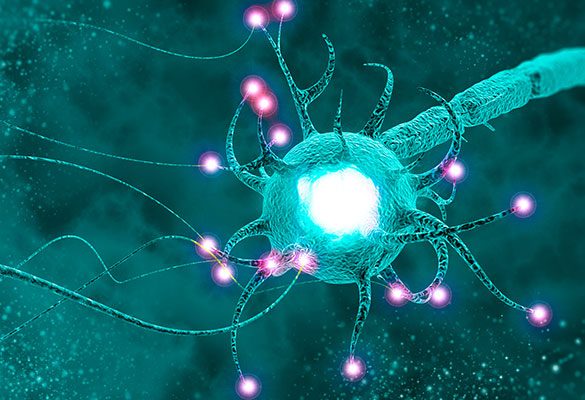Optimised Health & Cell Stimulation

Mechanisation in all aspects of modern life has reduced the need for physical activity and calorie requirement in day to day life. Excess calories in the diet will be stored as fat. Increased availability of processed, hyper palatable foods rich in sugar, starch and fat has increased calorie intake in diet, but reduced the intake of many essential nutrients, leading to increased appetite and excess food intake leading to overweight and obesity which is the stepping stone towards an array of lifestyle diseases. Overweight/ obesity is a form of malnutrition. Previously it was considered a disease of the developed world or rich. But in recent years the incidence of obesity is increasing drastically among the poor in the developing world also.
Need for physical activity is reducing with computerisation and mechanisation. Hippocrates noticed ‘That which is used develops, that which is not used wastes away’. Regular stimulation of cells with activity/ exercise is needed to keep the cells healthy. An ideal stimulation/ exercise protocol should result in the stimulation of all the cells in the body without stressing any parts or organs of the body.
There is an emerging understanding of the skeletal muscle as a secretory organ, and of myokines as mediators of physical fitness as well as new awareness of the anti-inflammatory and thus disease prevention aspects of exercise. There are around 600 muscles in our body. Different muscle fiber types include slow twitch muscle fibers, intermediate twitch muscle fibers, and fast twitch muscle fibers. They release different clusters of myokines during contraction. Myostatin, LIF, IL-6 and IL-7 are involved in muscle hypertrophy and myogenesis, whereas BDNF and IL-6 are involved in AMPK-mediated fat oxidation. IL-6 also appears to have systemic effects on the liver, adipose tissue and the immune system, and mediates cross talk between intestinal cells and pancreatic islets cells. Other myokines include the osteogenic factors IGF-1 and FGF-2; FSTL-1, which improves the endothelial function of the vascular system; and the PGC-1 alpha-dependent myokine irisin, which drives brown fat development. Studies in the past few years suggest the existence of yet unidentified factors secreted from muscle cells which may influence cancer cell growth and pancreatic function. Many proteins produced by skeletal muscle are dependent upon muscle contraction. Therefore physical inactivity leads to an altered myokine response, which could provide a potential mechanism for the association between sedentary behaviour and many chronic diseases.
Most activities we adopt currently to regain health like walking, swimming, cycling, aerobics etc are stimulating only a group of muscles repeatedly. This can lead to over stress of some parts of the body and some other parts may not be stimulated/ used at all. For example, while walking some muscles of the lower limb get activated repeatedly. This excess use of a particular group of muscles can lead to long term problems like damaging the joints and tendons especially the knee joint and heel. The damage can be more in obese due to the excess weight on knee. The vertebral and abdominal muscles will not get much exercise by walking. This lack of exercise is the major reason for abdominal obesity, back pain and disk prolapse.
The search for developing an ideal activity/ exercise pattern leads to the development of the Oxyflex Stimulation Protocol. It is a series of breath regulated movements for improving circulation, oxygenation and removal of metabolic waste from cells along with stimulation of all cells of the body by movement, vibration and thought process. All parts of the body including internal organs and internal muscles are stimulated in a systematic, proportionate way as per the individual requirements. No part is stimulated in excess or inadequately in Cell Stimulation Protocol.
It is done in a lying/ sitting position on a comfortable soft mattress preferably on the bed. No special space or equipment is needed. After initial training no supervision/ trainer is needed for regular practice. As it is done in a lying/ sitting position, it will not strain the leg/ knee and is suitable for overweight/ obese, postoperative and recuperating patients.
